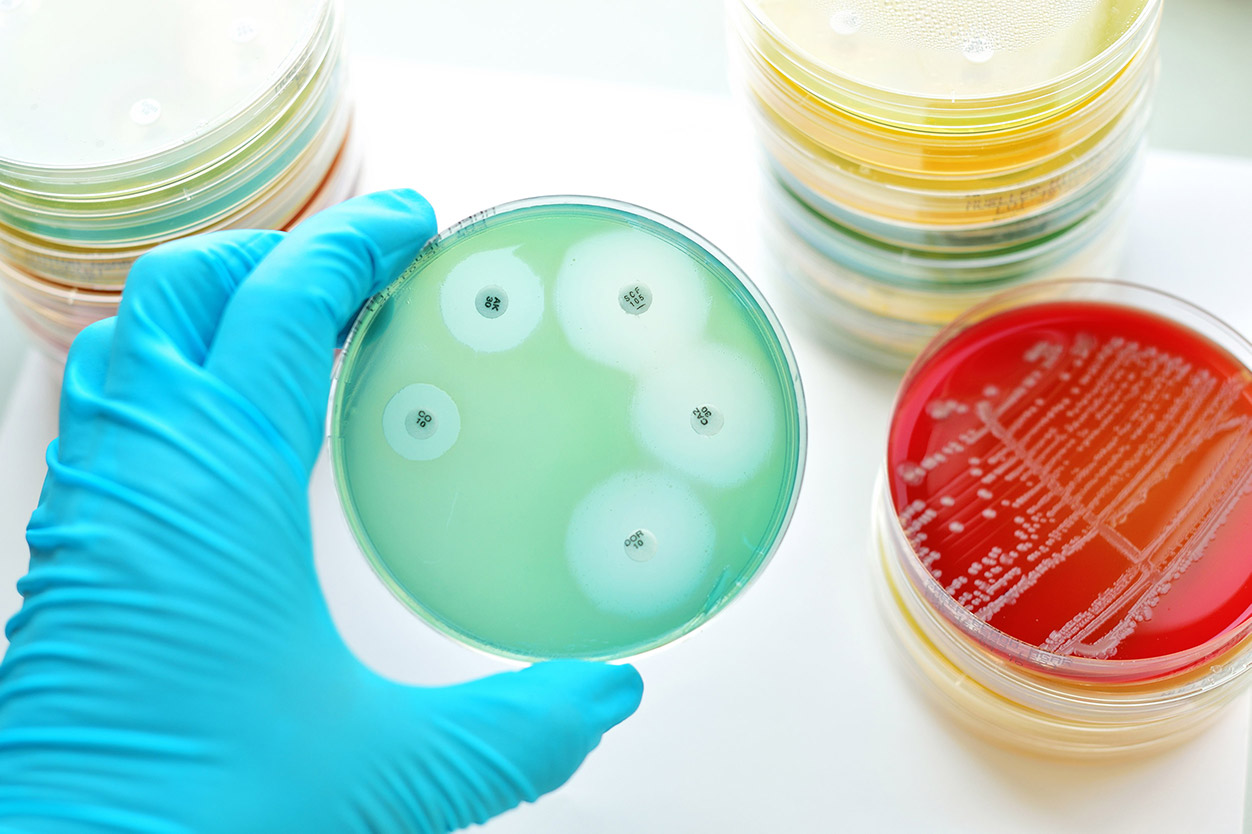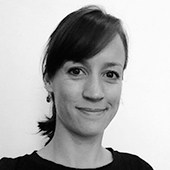



World Antimicrobial Awareness Week – a fresh focus on AMR
Amid many global challenges, antimicrobial resistance (AMR) has been demoted on the priority list, despite being an escalating global health threat

Notwithstanding the importance of COVID-19, climate change and biodiversity, antimicrobial resistance (AMR) has been demoted down the priority list, despite being an escalating global health threat that is likely to dwarf the impact of COVID on human wellbeing, health services and economies.
AMR is amongst the most significant health threats facing human society. It is currently responsible for an estimated 700,000 human deaths per year, predicted to rise to 10 million by 20501. The World Bank predicts that the impact of AMR on economies will reach over US$1 trillion annually after 2030, seriously hampering progress towards the 2030 Sustainable Development Goals.
73% of all antimicrobials sold globally are used in food animals, and it’s widely accepted that animal consumption of antibiotics is a contributor to the global health burden of AMR impacting human health. Studies show resistant bacteria emerging in animals following antimicrobial exposure, and resistant bacteria from animal sources subsequently colonising and even causing serious infections in people via direct animal contact, environmental contamination, or the food chain. There is research indicating an association between the use of particular antibiotics in livestock species, and the risk of infections in people with severe health consequences2,3.
AMR therefore represents a threat to public health, the environment and the sustainability of a livestock sector, on which millions of farmers depend. Anything we can do to mitigate antimicrobial use in food animals, whilst protecting animal welfare, will support a more sustainable and healthy food system for the future.
Listen to the FAI poscast here: What is antimicrobial resistance - why is it a problem - what are the drivers - and what can we do about it? ffinlo Costain is joined by Laura Higham from Vet Sustain and by Øistein Thorsen the chief executive of FAI Farms.
#WAAW
World Antimicrobial Awareness Week 2020 has arrived, bringing with it a wave of communications and training opportunities that should galvanise renewed action to tackle AMR. The only way of tackling complex, global challenges is through international cooperation, involving public, private and voluntary organisations working collaboratively across the relevant sectors. We each have a role to play, whether we are citizens, decision makers, farmers and food producers, health professionals, industry representatives or researchers.
Our roles as food industry professionals are highly critical in controlling the use of antibiotics in food-producing animals, and therefore mitigating the risks of AMR emergence. Depending on our individual roles in organisations, we may be able to influence farming standards and practices, the usage of medicines by farmers and farm workers, veterinary prescribing behaviours, and the recording and benchmarking of antibiotic use. By setting policy on antibiotic stewardship for food supply chains, we have the opportunity to mitigate antibiotic usage in millions of food-producing animals. FAI’s interactive online course can help food professionals to achieve this.
Industry action
Another important recent development is the publication of RUMA’s Targets Task Force 2020 report4, together with refreshed targets for 2021 – 2024, for the UK livestock sector. Bringing together industry professionals to agree to targets and monitor progress has supported a 50% reduction in antibiotic sales and a 75% reduction4 in sales of “Category 2” critically important antibiotics5 in UK food producing animals since 2014. Levels of antibiotic resistance found through government monitoring and surveillance are also stabilising and falling in response to reductions in use.
The Task Force reports that over three-quarters of their targets set in 2017 have been achieved, or are on track to be achieved, by the end of 2020. They have established a set of refreshed targets to be attained by 2024:
- In the ruminant sectors of beef, dairy, calves and sheep, usage remains uncertain due to a lack of data owing to challenges in robust data collection in a fragmented industry. In these sectors, RUMA targets are focused on better understanding and benchmarking use on-farm, engagement between farmer and vet, and development of health plans.
- Antibiotic use in the pig and gamebird sectors have been historically high in comparison to the other sectors, but are on a downward trajectory. New targets include use reductions by a further 30% and 40%, respectively.
- In the salmon, trout, laying hen and poultry meat sectors, relatively low levels of usage have been achieved and new targets aim to maintain this performance in the face of biosecurity or disease control challenges.
These developments this year mark a fresh focus on AMR – with further opportunities for the food industry to work collectively in the public interest to support a more sustainable and healthy food system for the future.
For more information about FAI’s antimicrobial stewardship programmes, please contact [email protected].
1. O’Neill, J. Tackling drug resistant infections globally: Final report and recommendations. (2016).
2. European Centre for Disease Prevention and Control (ECDC), European Food Safety Authority & European Medicines Agency. Second Joint Interagency Antimicrobial Consumption and Resistance Analysis (JIACRA) Report. EFSA J. 15, (2017).
3. Tang, K. L. et al. Restricting the use of antibiotics in food-producing animals and its associations with antibiotic resistance in food-producing animals and human beings: a systematic review and meta-analysis. Lancet Planet. Heal. 1, e316–e327 (2017).
4. RUMA. Targets Task Force Report 2020. (2020).
5. European Medicines Agency. Categorisation of antibiotics for use in animals. (2019).












